


The Museum of Roman Ships is located along the shores of Lake Nemi, in the province of Rome.
The museum, owned by MIBACT, is one of the 43 managed in December 2014 at the Lazio museum complex.

No author of ancient Rome has ever spoken of the imperial ships in Lake Nemi. It was supposed to exist because, already in the Middle Ages, it happened that, from time to time, some archaeological finds were fished.
Various hypotheses were made both on the existence of the ships and on who wanted them until, among the various finds caught, the so-called fistulae aquariae appeared. These were large lead pipes that were part of a rather expensive plumbing system used by wealthy Roman families to bring running water inside the palaces. These pipes were made from rectangular lead plates on which it was customary to stamp the owner's name, often the name of the plumber and sometimes a progressive number. From this it was deduced that they belonged to the emperor Caligula. When he died, presumably, the two ships were sunk, in compliance with the sentence of damnatio memoriae.

The first attempts at recovery were commissioned by Cardinal Prospero Colonna in 1446. The cardinal, lord of Nemi and a man of vast erudition entrusted the difficult task to Leon Battista Alberti. The recovery operations of the ships began and were described by Flavio Biondo da Forlì in his "Italy illustrated".
Leon Battista Alberti called some talented Genoese swimmers, the marangoni, who reached and, as far as they could, explored the ship closest to the shore and reported its distance and depth. A floating platform was built and, with ropes fitted with hooks, an attempt was made to pull the ship ashore. Instead, it was only possible to tear off a piece of the boat, seriously damaging its structure.
The second attempt was commissioned by Francesco De Marchi in 1535. The attempt is documented in his treatise on "Military Architecture".
On 15 July 1535 De Marchi decided to dive personally using a kind of bell invented by William of Lorraine, who participated in the dives.
He began to observe the ship closest to shore, which was also the one lying at the least depth.
The length according to his evaluation was sixty-four meters and the width was twenty. The wood, protected from the mud, was well preserved even though it was almost two thousand years old. Several attempts were made to surround the ship with bands and ropes, in an unsuccessful attempt to bring it back to the surface.
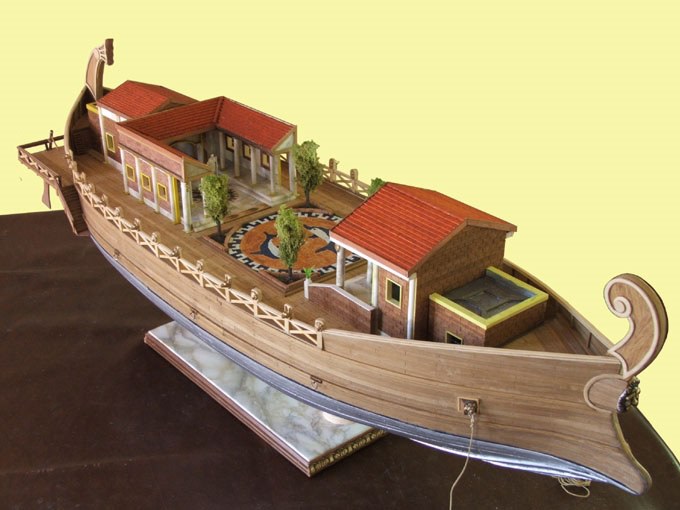
In the following years there were numerous looting by the fishermen of the lake which is testified in the "Memoirs on the Franciscan convents" by Father Casimiro. In September 1827, the enterprise of recovering the ships was attempted for the third time. The noble knight Annesio Fusconi decided to use the bell again. He built one large enough to hold eight shag.
A rather large floating platform was then built, suitable for supporting the bell and lowering it into the water using four winches. On 10 September 1827, the attempt to recover the ship closest to the shore began: the bell was immersed with the eight shag in it but, once on the bottom, they were unable to remove large quantities of material. Some ropes were then tied to the winches and ropes were wrapped around the hull. Once again the ropes were broken and the undertaking was postponed.
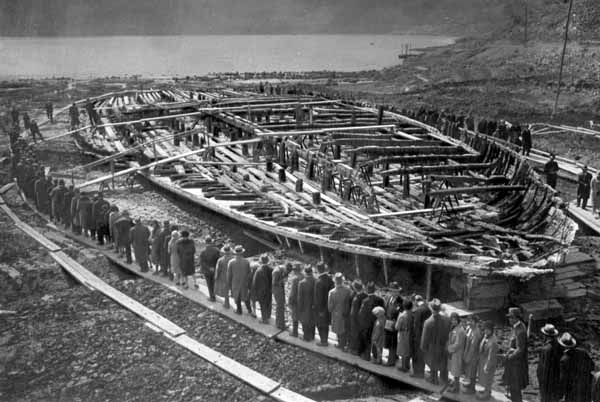
On 3 October 1895, on behalf of the Orsini family and with the contribution of the State, the fourth attempt was made to recover. The collaboration of a skilled diver was used, who carefully examined the ship closest to the shore and returned to the surface with the ring nut of a rudder. The famous feline heads were removed from the hull and then, again, spherical rollers, cylindrical rollers, hinges, bronze threads, lead pipes, gilded copper tiles, bricks of various shapes and sizes, fragments of mosaics with glass paste embellishments , copper foils and more. On 18 November the second ship was then identified, from which other material was recovered. Most of the recovered material was purchased by the government for the National Roman Museum.

To prevent further looting by private individuals, the Minister of Education, Guido Baccelli, asked for the collaboration of Admiral Enrico Morin, Minister of the Navy, for the definitive recovery of the ships. The task was entrusted to Lieutenant Colonel Vittorio Malfatti. The latter, flanked by a very expert diver, was able to establish that the first ship was about fifty meters from the shore and lying on the left side at a depth from five to twelve meters. Two hundred meters away, at a depth of about fifteen to twenty meters, lay the second ship, also lying on the left side and also half covered by mud. However, the time was not yet ripe for recovery.

Finally in the year 1926 there was talk of the recovery of the ships. A study commission was created, entrusting the presidency to Senator Corrado Ricci. After a careful analysis, the commission considered the working method proposed by Malfatti to be suitable: lowering the level of the lake until the two ships emerged.

On April 9, 1927, in a speech to the Royal Roman Society of Homeland History, the Head of Government, Benito Mussolini, announced the decision to recover the two large submerged ships. It was therefore decided that Lake Nemi should be partially emptied to re-emerge the two ancient Roman ships using the ancient emissary to bring the waters to the sea.

The emissary, dating back to the Etruscan period, was used in Roman times to drain the waters of Lake Nemi to the sea so that they did not flood the sanctuary of Diana which stood on the northern shore of Lake Nemi. It was necessary to thoroughly examine the emissary to understand the general state of the entire ancient work. Augusto Anzil and Mafaldo Coreseri managed to walk through the entire tunnel and exit on the side of the lake. In September 1928, the refurbishment works were completed, and on 1 October it was tested. On October 20, 1928, Mussolini, accompanied by the Undersecretary for the Interior and the Ministers of Education and Public Works, put the drainage system into operation. On March 28, 1929, the tallest structures of the first ship surfaced. The other ship was also brought ashore and both found a place in the Museum of Roman Ships.
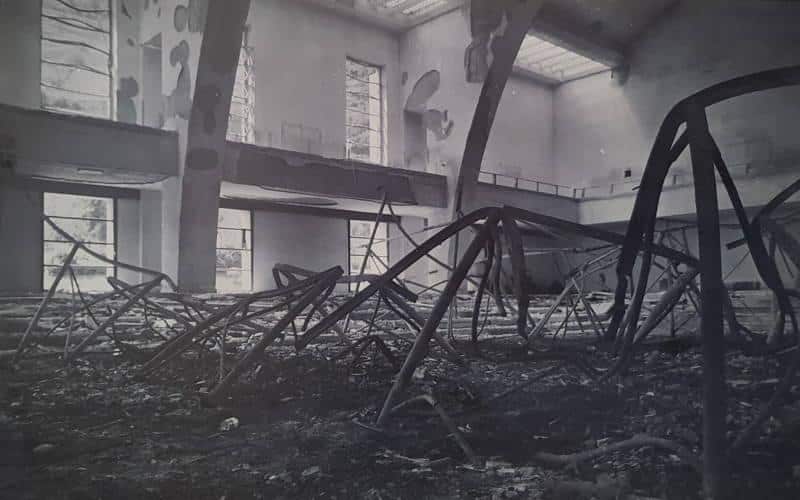
On the night between May 31st and June 1st 1944 a fire broke out on the shores of Lake Nemi.
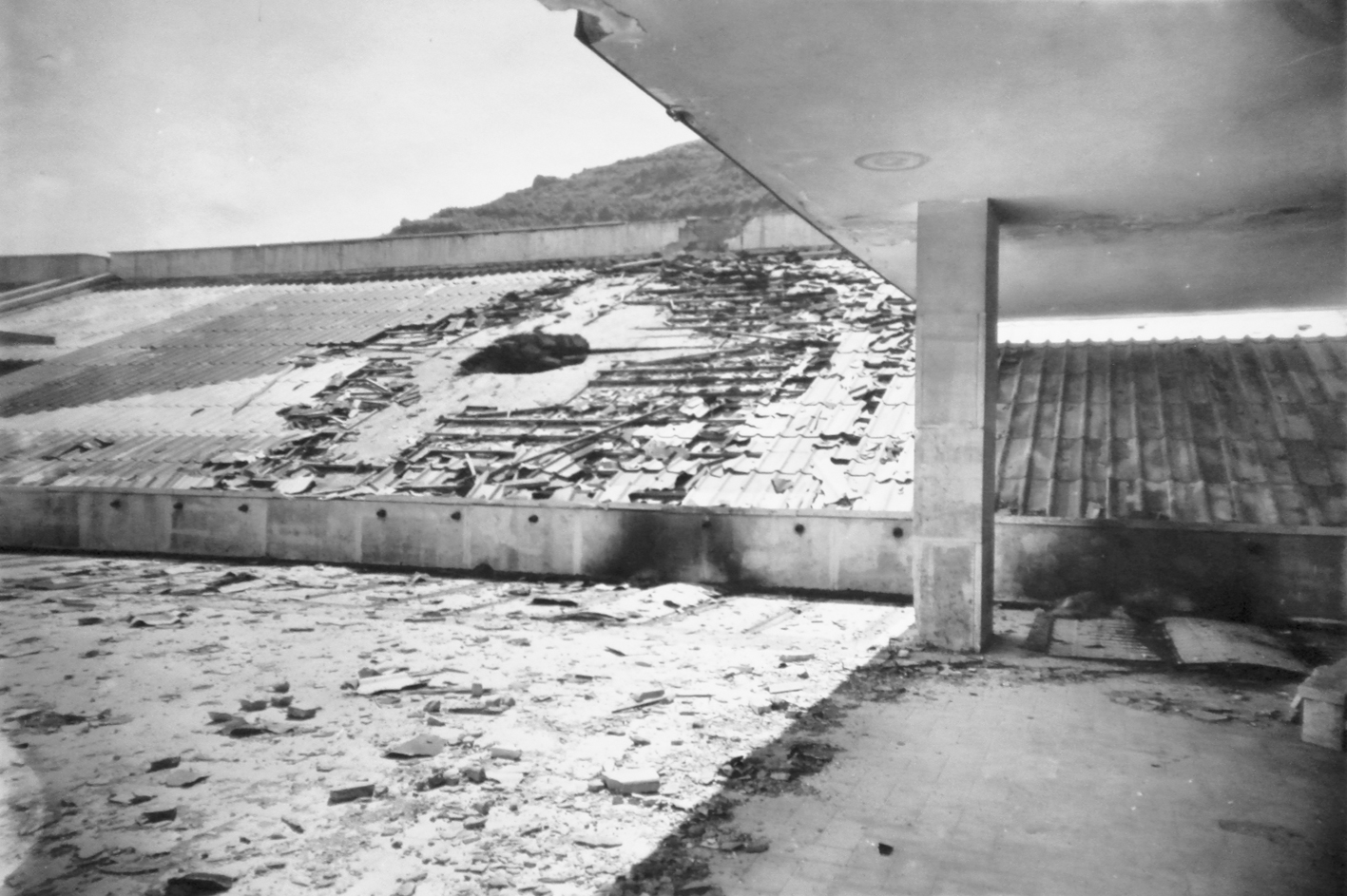
In reality it was an allied bombing against an anti-aircraft battery made up of four Nazi guns.

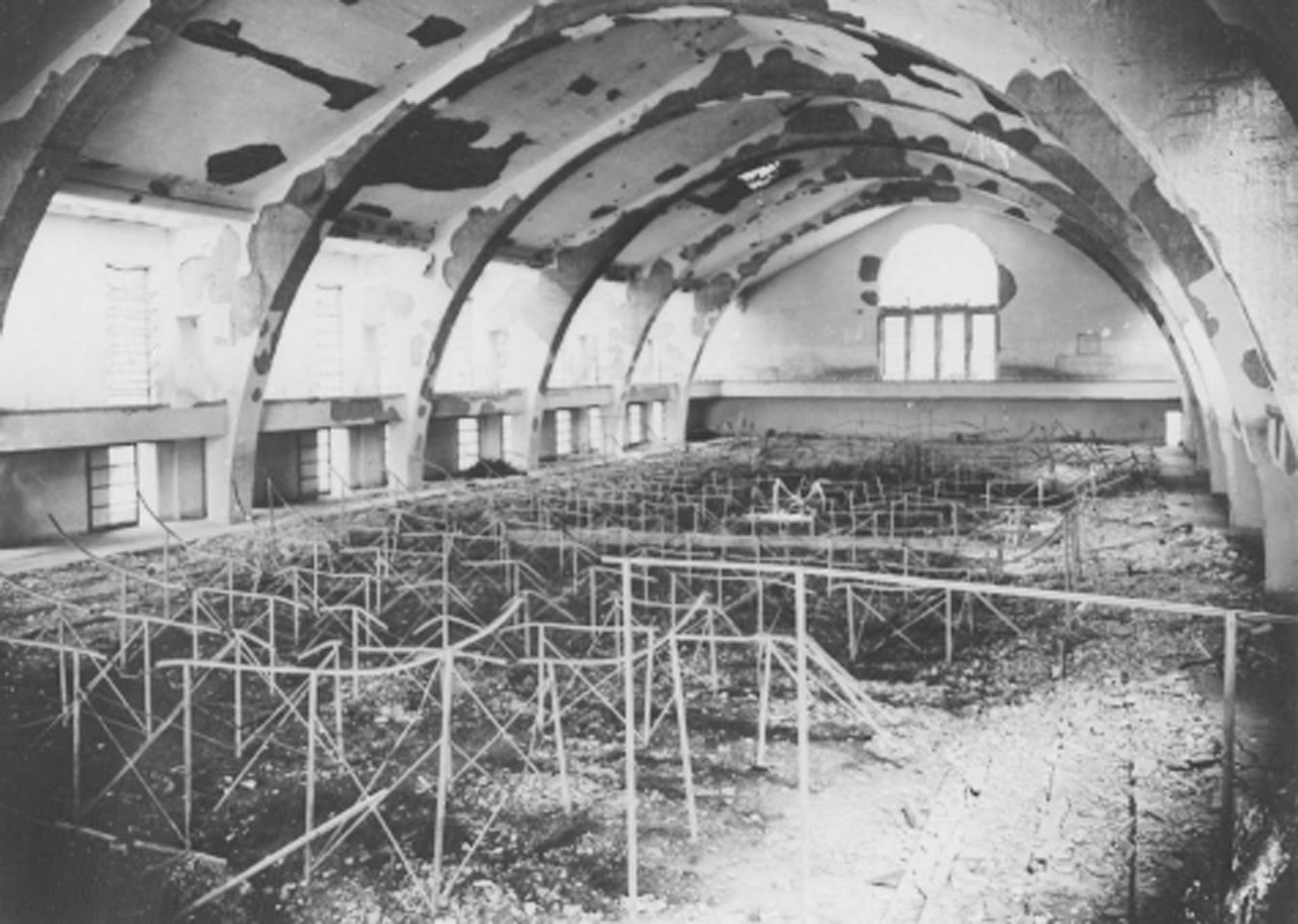
Everything was destroyed, including the two ships. Only those finds that had previously been transported to the Roman national museum were saved. The Nazis abandoned their post on June 2, while the Americans arrived two days later, finding nothing left to save.

The two ships have been reproduced in 1/5 scale, and these models are, one after the other, exhibited in a wing of the museum.

The first book that sheds light on the controversial fire of Caligula's ships has been released in Italy.
Museum of the Roman Ships of Nemi
Address: Via del Tempio di Diana, 13, 00040
Phone: 06 939 8040
Site:
http://www.museonaviromane.it/Location inserted by
Stefano Vigolo